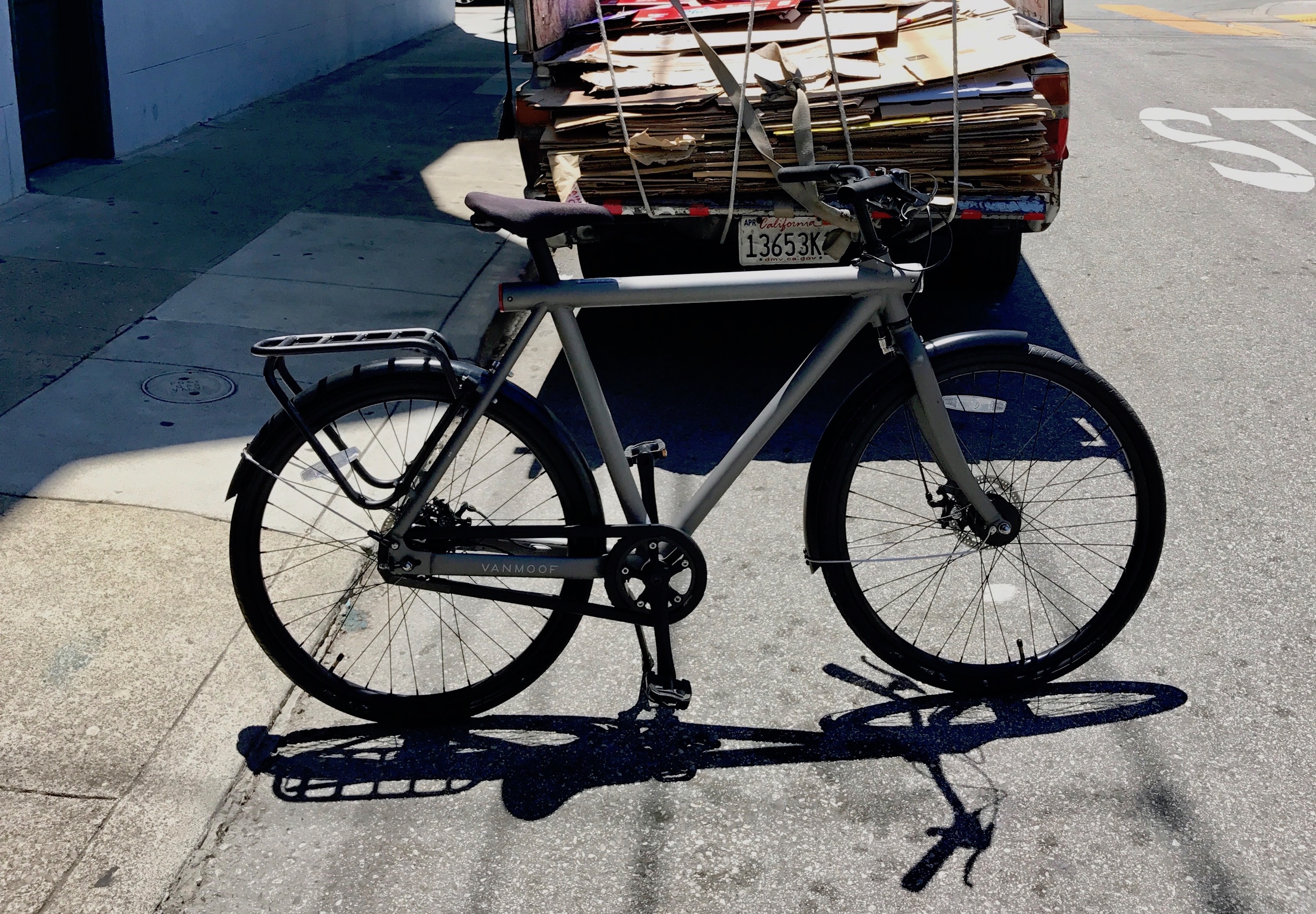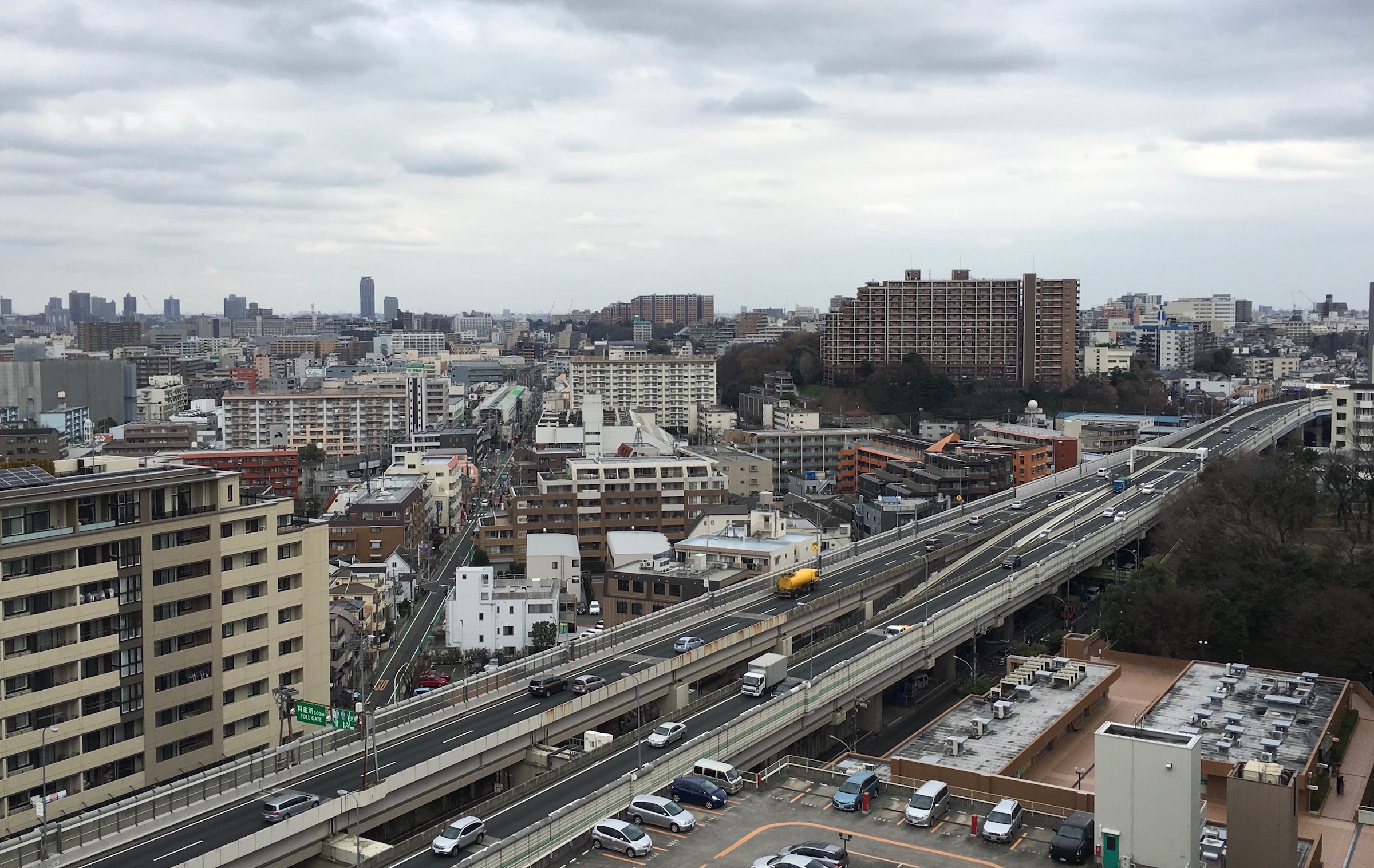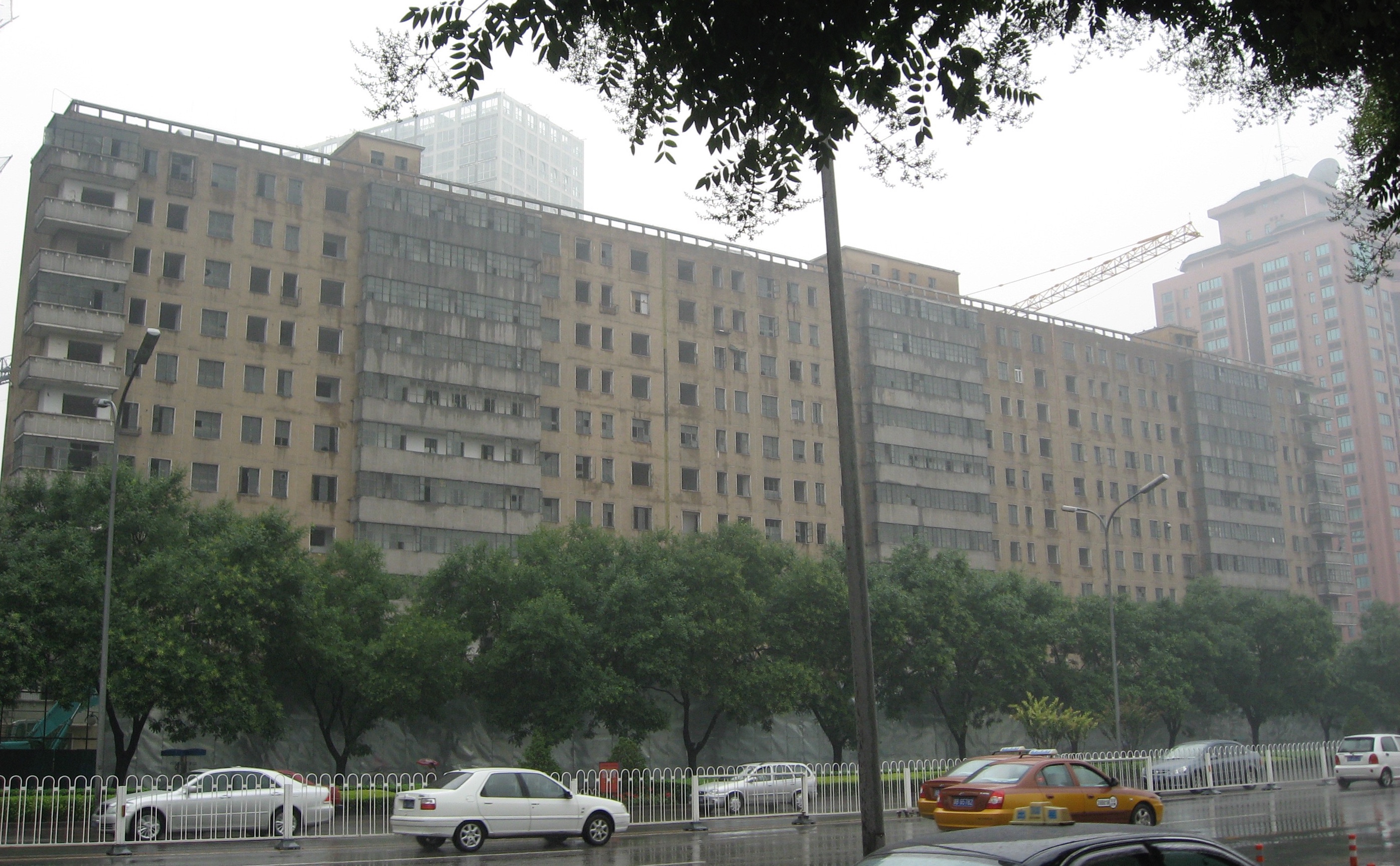In my absence, Shanghai has grown. To those familiar with the city this will not seem strange, it is the fastest-changing man-made place on earth, and home to some number of people between ten and twenty million.
Yet the Shanghai of two thousand three, and my arrival, was eminently walkable. Puxi, the true downtown, felt small, and Zhongshan Park or Hongqiao represented strangely distant areas discussed in curious tones.
“We were looking at apartments near Zhongshan Park,” said my friend, in early two thousand four.
“Wow. Zhongshan Park. Really?” we replied, the response one of perceived distance. Even then though Zhongshan Park was not far, the end of Line 2, one of the city’s pair of subways. Yet most of us lived on Line 1, and the single point of intersection was painfully crowded, avoided at all costs.
Hongqiao, further west still, was the province of Japanese companies and strange westerners, English teachers and the like.
“I dated a girl in Hongqiao,” a boy once told me, more amazed, by his voice, at the location than the woman. “So I spent a lot of time wandering around there trying out restaurants after work in the dark. I used to take the bus out to Hongqiao after school, 20 minutes or more, and wait for her to get off work.”
Even at the time of telling, in two thousand eight, his memory was of a distant place. Today Hongqiao, like Zhongshan Park, sits on Line 2, which has crept outwards to the airport on the city’s west side. Eastward too, though not completed yet, Line 2 is growing. The next time I am here it will reach Pudong’s airport, on the coast, as far east as it can go.
Shanghai has grown into itself. No longer do people cluster in the French Concession, around a handful of Line 1 stops. No longer do all my friends live within a fifteen minute walk. Instead they scatter to places I have never been, areas I never thought of as “part of the city”. Yet they are, and were, filled with houses and shops, newly opened malls and supermarkets. Filled with newly opened metro stops.
Because what has grown in Shanghai, what has changed this city from a small sphere to an expansive metropolis, is not the influx of automobiles that crowd it’s tiny streets, but the completion of a metro system beneath them.
A friend asks if I can meet him on Sunday near his house, south west of Xu Jia Hui. I don’t know, I say, unsure of where he means.
For most of my five years in Shanghai Xu Jia Hui was the south west corner, the furthest point, a huge hub of roads and shopping malls that I lived just east of. On its opening in 2006 Shanghai South Railway Station became that point, past Xu Jia Hui down Line 1 . Occasionally I would wander the corridor of stops between those two spots, amazed at all the buildings and shops I’d never seen.
“It’s easy,” my friend says of the path to his house, “just take line 7 and 9, two stops west past Xu Jia Hui.”
What are lines 7 and 9, I ask, though I know there are now twelve in all.
“Oh, there’s a site. Go check out www.exploreshanghai.com” he replies. “They have an iPhone app you should get.” These are the kinds of things I would know, if I lived here. This is the kind of knowledge I suddenly lack.
From the luxurious apartment I’m staying in, near Jing’an, to Guilin, I check. Up it comes, 19 minutes and 4 RMB. About $0.75.
“That I can do,” I say.
Later on, walking through the streets near his home, which are filled with newly opened chain stores and old open-air markets, we talk about the changes, both of us here on and off since two thousand three.
“Line 9 runs right along Zhao Jia Bang Lu,” he notes, a road we’ve both lived on at times. “That would have been wonderful, life changing.”
“And Line 7,” I add, “is that north-south connection, between 1 and 2 that we always needed, rather than the bus!”
It’s amazing to realize. I’ve been gone a year and a half. When I left they’d just finished Line 6, which, like the G in New York, is the only line that never touches Puxi, winding through Pudong on the east side of the river. Line 4, the ring that encompasses the city’s center, was only a horseshoe, the result of a collapsed tunnel on the southern edge. Lines 7, 8, 9, 10, 11, and 12 were under construction. Shanghai was under construction. Whole streets were torn up and most major intersections given over to diggings. Believing that the cost, an entire decade of frantic physical revisions, would be worth while, we all struggled through crippled traffic and the constant dirt that comes with making huge holes in the ground at two block intervals.
It still is under construction, this city, and the air is often filled with dust. Yet it has grown up, grown into it’s people and it’s global prominence. Sitting in a subway station beneath Zhao Jia Bang Lu, two blocks from my old apartment, changing trains between two lines that didn’t exist when I lived here, I watch the people waiting with me. They don’t look impressed by the station’s existence, by the fact that the train’s clockwork arrival matches the countdowns displayed, or by the fact that their cell phones work in the tunnels, on the trains, under the river. Perhaps they shouldn’t be, having paid for these gifts with a decade of relocation and dirt.
Shanghai has felt like the future for as long as I have known it, a mish-mash of brand new and well-lived-in. In March of two thousand ten it feels, like Gibson once said of Tokyo, as though the future is comfortably all around us. It’s a good feeling, and, waiting for the train, I am glad for those that will grow up knowing it.


